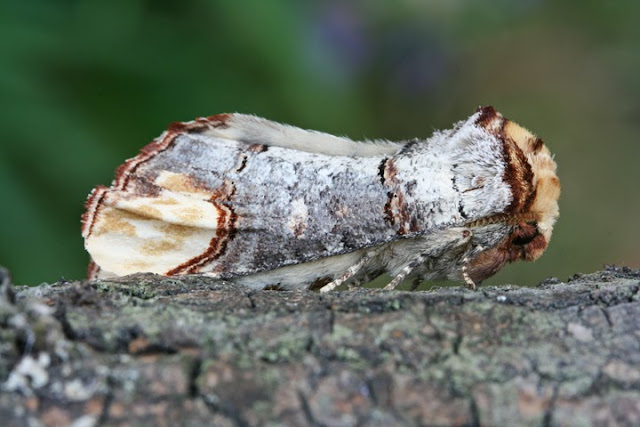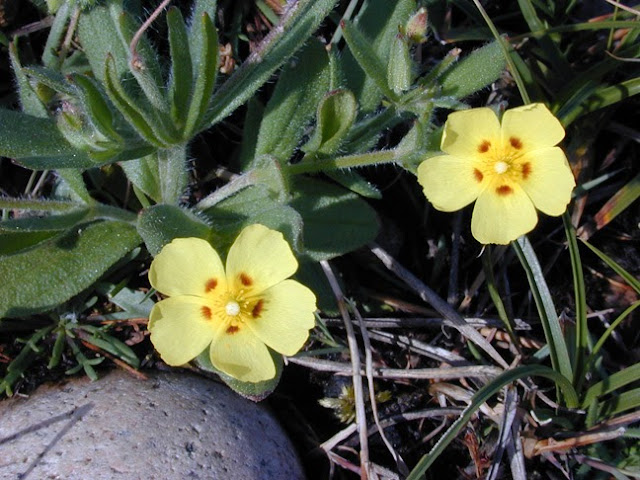Time flies, trees grow and we all get a little older
I spent quite a bit of time birding on Epsom Common in my youth (although the word 'birding' wasn't in use in the UK back then). I would get a bus to the Wells Estate (on the Ashtead side) and walk across the railway line and onto open scrub, populated by Lesser Spotted Woodpeckers and, in summer, Grasshopper Warblers. My walk would continue through mature woodland along magnificent wide rides until meeting the boundary with open farmland. After a loop round the stew pond (there was just the one at the time) I would wander through an open woodland scene, then further scrub, to the Cricketer's Green. About five years ago I revisited this place after a gap of twenty years. I was stunned. I couldn't find my way around as it had all changed. Where once had been scrub there was now woodland. I stood looking about me like a lost soul. It had changed to the point that there was no familiarity at all. I tried to find the stew ponds (another had been created in the early 1...
















